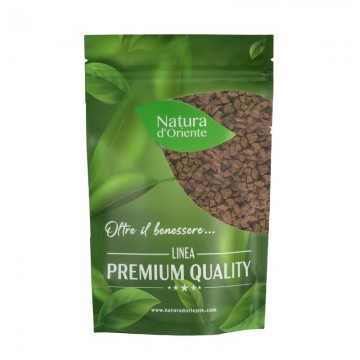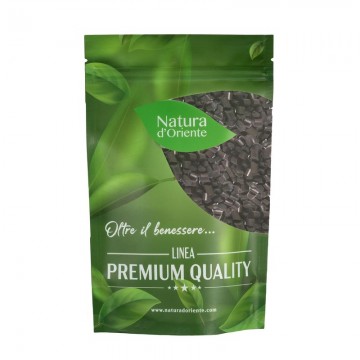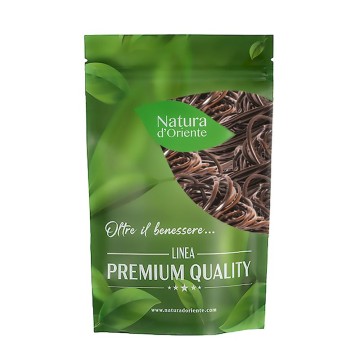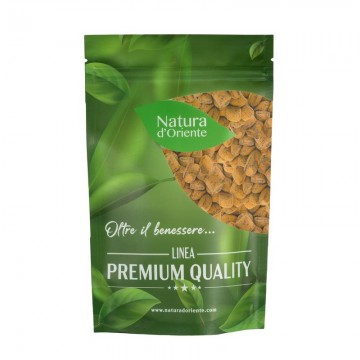Liquorice: the origins
Liquorice, scientific name Glycyrrhiza glabra, is a perennial herbaceous plant of the Fabaceae family, Fabaceae are also called legumes, it is a huge family that has over 18,000 species, those plants of food interest commonly known as legumes (such as beans, peas, soybeans, etc.) are part of the subfamily called Faboideae which also includes Glycyrrhiza, so yes, licorice is related to beans and peas. Since licorice was one of the first aromatic plants discovered by humanity, its use as a medical remedy (it is balsamic and expectorant, but also has digestive properties) precedes its use as a food remedy. The name licorice comes from the Greek and means sweet root, which then the famous licorice twigs even if they are underground are not really the roots of the plant, but the rhizome, is a botanical curiosity. But what is the rhizome? A part of the plant stem that has changed and grown to act as a reserve of nutrients. When we talk about licorice when talking about sweets or other food uses, we are referring to a plant extract obtained by treating the "roots" in hot water. There is another way to treat the roots, drying them and reducing them to powder. Coming to the confectionery use, we can divide licorice sweets into two large branches: the logs (of various shapes) of pure licorice, which are hard, small in size, possibly flavored with natural flavors and/or sugar; licorice-based sweets which are usually gummy, where the licorice can be in the dough or enclosed in sugar or sugar and gummy thickeners. Licorice chalks belong to the last category.
Special features of salted licorice
We said that licorice, even pure licorice, is often sweetened, this happens not because licorice is bitter, in reality it is a sweetener in turn, but because it has a very strong flavor with a sour and bitterish aftertaste. For this reason, for lovers of the sweet-salty contrast, the idea (very popular in Northern European countries) of salting licorice makes sense, it is done with pure licorice and it is done, as in the case of these salted licorice chalks, also with other licorice-based desserts. This is certainly a product to be recommended with great caution to those who have high blood pressure problems, licorice is known to raise blood pressure (with constant use over time), this is certainly truer for pure licorice (that's why pure licorice logs are made so small, when you consume it you must keep in mind that you are consuming a product that is a real herbal remedy) which will contain more active ingredient, glycyrrhizin, but in this case salt is also added.








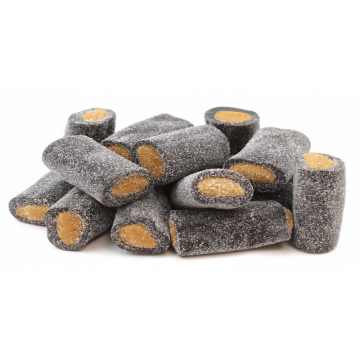
 No reward points for this product.
No reward points for this product.

